Are you preparing for interview ? check out these Basics of Valves Interview Questions & Answers. Lets read the control valves basics.
Basics of Valves Interview Questions & Answers
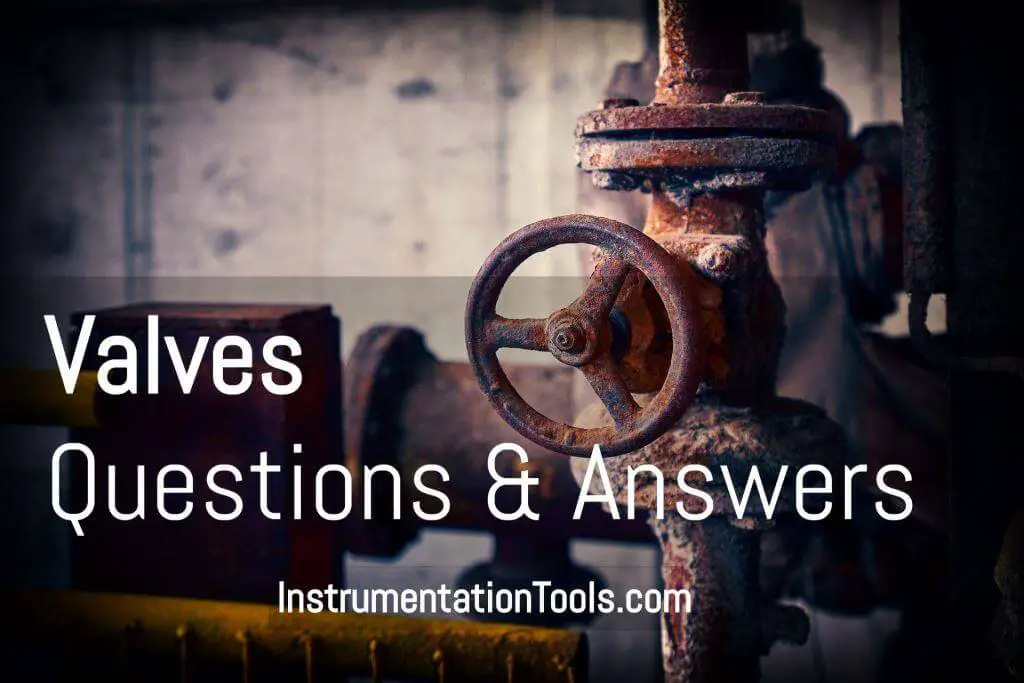
What is a Valve?
A valve is a device that controls the flow of a fluid or gas. Today’s valves can control not only the flow, but the rate, the volume, the pressure or the direction of liquids, gasses or slurries through a pipeline.
What is a 2-way valve?
A 2-way directional control valve provides on / off function. Actuating the valve allows air to flow through the input port and out the output port. View a 2-way normally closed valve cross section.
What is a 3-way valve?
A 3-way directional control valve pressurizes and exhausts a port. When a 3-way normally closed valve is actuated, air flows through the input port and out the output port.
In the unactuated position, air flow travels from the output port through the exhaust port. View a 3-way valve cross section.
What is a 4-way valve?
A 4-way directional control valve pressurizes and exhausts two ports (the valve body consists of 5 ports).
A 4-way valve has four distinct flow paths within the valve and is commonly used to cause reversible motion of a cylinder or motor. Actuating the valve directs flow through input port 1 to output port 4 as output port 2 exhausts through port 3.
In the unactuated position, air flow is directed through input port 1 to output port 2 as output port 4 exhausts through port 5. View a 4-way valve cross section.
Also Read: More Control Valves Questions & Answers
What is normally open? (In Point of Valves)
Often referred to as normally passing, air flows from the input port to the output port in the unactuated position.
What is normally closed? (In Point of Valves)
Often referred to as normally not passing, air flow is blocked at the input port in the unactuated position.
What is a shuttle valve?
Shuttle valves are used when a signal is required to be selected from two or more different sources.
Also known as “OR” valves, they allow a signal to pass through from either input A or B (or both) and will allow the reverse flow of system exhaust through these same inputs.
A shuttle valve selects the higher of two pressures, a function that is to be considered when designing circuitry. View a shuttle valve cross section.
What is an “AND” valve?
“AND” valves are used in circuit control applications that require a combination of inputs to produce a single output. When a signal is supplied to both input ports 1 and 2, the output flows from port 2.
The output flow will always be the lower of the two pressures. Both input pressures are required to receive an output signal from the valve (loss of input will cancel the output signal). View an AND valve cross section.
What is an “OR” valve?
“OR” valves are commonly known as Shuttle valves.
What is the difference between a flow control and a needle valve?
Although the basic function is flow restriction, the fundamental difference between the two is the needle valve controls flow in both directions (bi-directional) and the flow control valve controls flow in only one direction, allowing free flow in the opposite direction.
Also Read: DCS & Field Instruments Questions & Answers
What is meter in?
Controlled flow is from port 2 to port 1, whereas, free flow is from port 1 to port 2.
What is meter out?
Controlled flow is from port 1 to port 2, whereas, free flow is from port 2 to port 1.
What is a directional control valve?
The basic pneumatic valve is a mechanical device consisting of a body and a moving part (poppet or stem), which connects or disconnects passages within the body. 2-way, 3-way and 4-way valves are directional control valves.
What is a circuit control valve?
Circuit control valves are used to control flow volumes and pressures within a system.
Shuttle valves, check valves, flow controls, needle valves, quick exhausts and pressure regulators are considered circuit control valves.
What is a quick exhaust valve?
Air quick exhaust valves are commonly used to allow rapid cylinder return without permitting air to travel back through the pneumatic system.
As pressure is applied to the input port, an internal mechanism is shifted to block the exhaust port and allow flow through the output port.
When pressure is removed from the input port, back flow at the output port unseats the internal mechanism and allows flow through the exhaust port.
What is closed cross-over and why is it an advantage?
A closed cross-over valve features a stem and poppet that work in conjunction with one another ensuring that the poppet seals the exhaust port before the valve opens to flow.
There is no transitional state from one function to the next providing the operator precise control between positions.
What is a control valve?
Control valve is final control element in the process control industry. It handles flowing fluid like Steam, Gas, Water, Liquids to set right the process errors and regulate the process as per the desired set point.
Where should one use a control valve?
- For Isolation
- For controlling the flow rate
- Flow diverting or Flow Mixing
- Preventing back flow,
- Controlling pressure,
- Control temperature
What is CV ?
Maximum Flow of Water in US GPM thru’ CV at 20 Deg.C @ 1 psi DeltaP across it.
What are the most important parts of a control valve?
Body, Bonnet, Trim (Seat ring, Plug and Spindle), Stuffing Box,
What is the function of each of these important parts?
Body is the main part of control valve which has internal like trim, seals & helps the flow to create proper flow path,
Bonnet : Connecting part between body and Actuator,
Trim : Heart of Control valve helps to control the fluid as per set point,
Stuffing Box : Helps to avoid any fluid coming out thru bonnet area thus eliminates any undesirable leakages.
What is meant by an actuator?
Makes the valve to operate thru different energy inputs like Pneumatic, Electric Hydraulic etc..,
How does an actuator work?
Actuator make the valve spindle to move up and down depending upon the signal it receives from the positioner.
What are the types of actuators?
Pneumatic (Single acting //Double acting), Pneumatic Piston actuators, Electric Actuators, Hydraulic Actuators
What are the types of control valves?
Globe control valve, Butterfly valves, Segmented V notch Ball Valves, Self-Actuated diaphragm valves, Eccentric Plug valves, Angle valve, 3-Way valves
What is a positioner?
Positioner is a component which make the valve to open or close to eliminate the process error and achieve the set point by generating input signals.
What is the function of a positioner?
Positioner measure the actual position of valve and take the command from controller, compare both the signals and make the valve to move either in open direction or close direction to correct the process error.
Also Read: Instrumentation Standards Questions & Answers

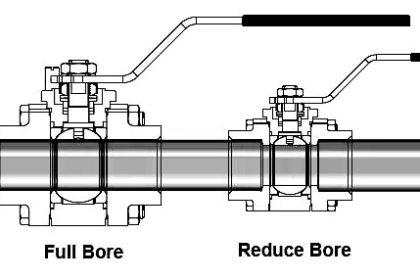
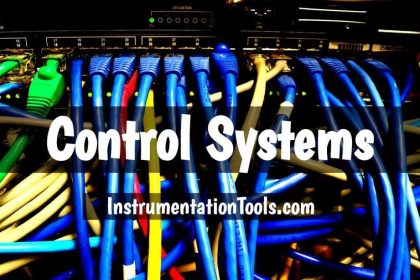

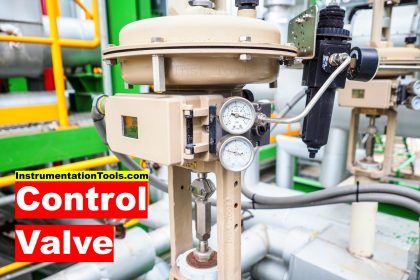

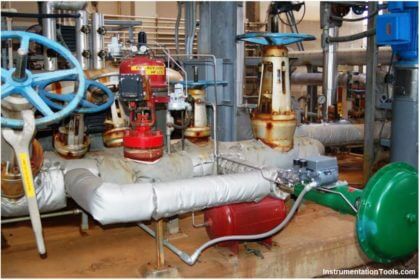
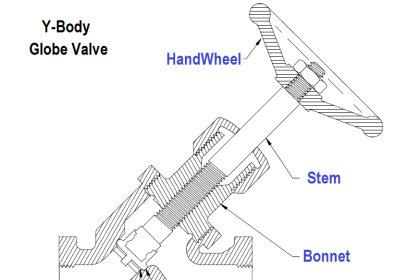
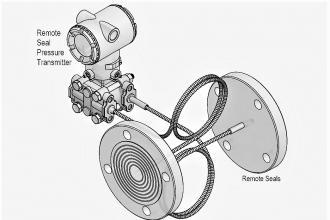

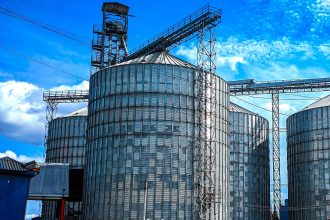
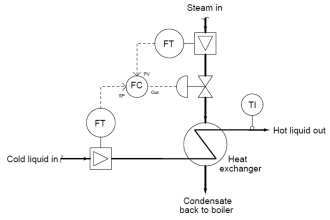
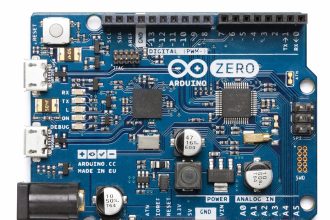
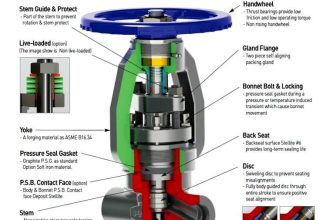
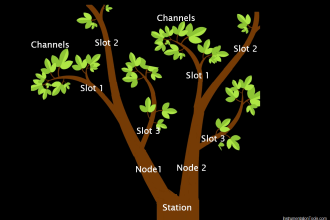
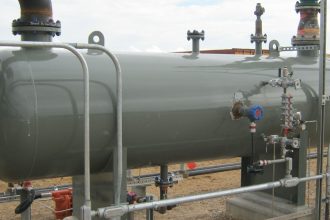

Excellent & Very Good Questions & Answers. Thanks
This is the first website I am seen which contains very informative articles for instrumentation Professionals. Thank You Sir for sharing.
Thank you so much sir for sharing so much of useful information…….it’s really helpful…..